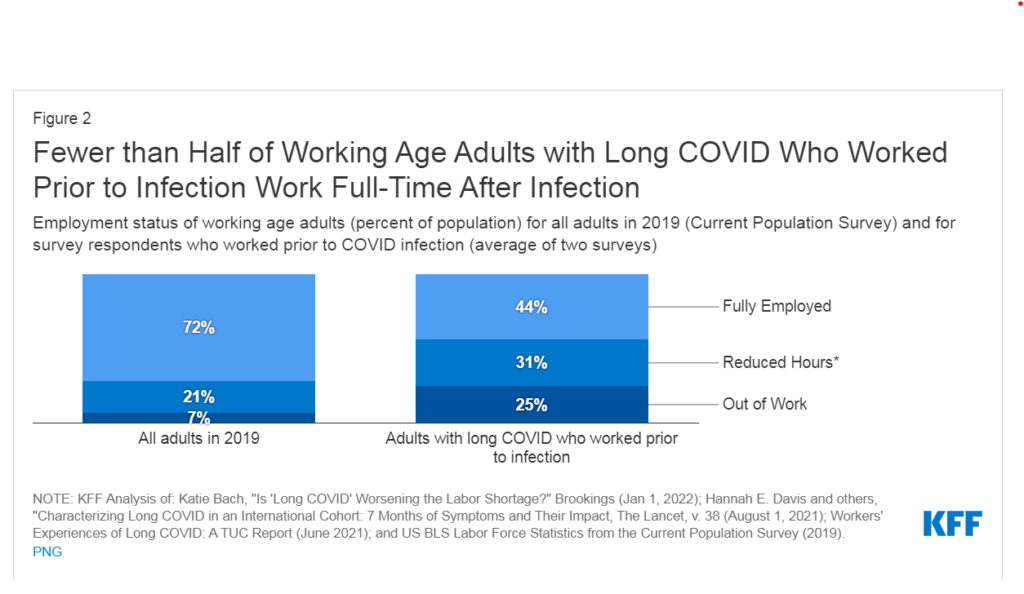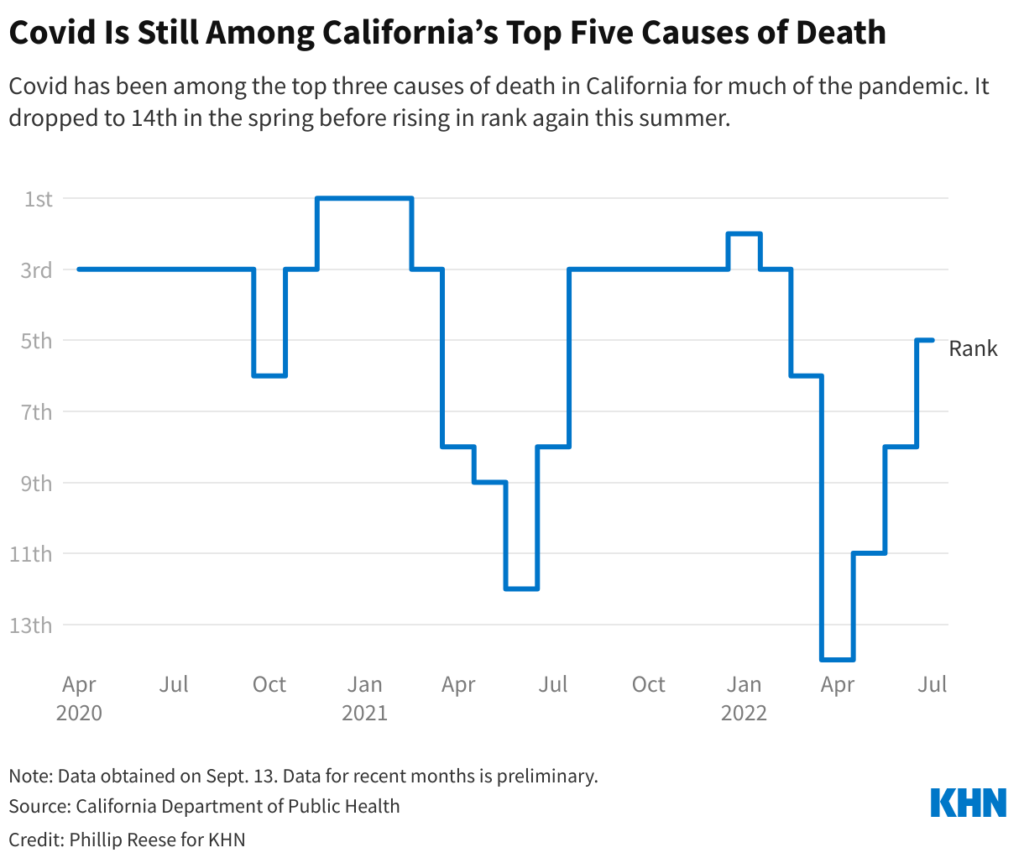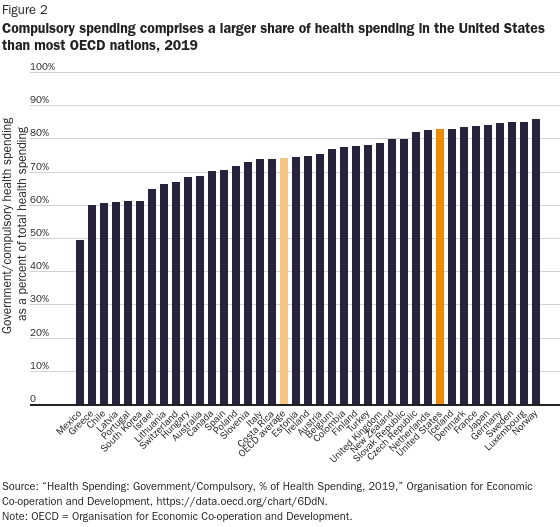Link: https://www.wired.com/story/polio-is-back-in-the-us-and-uk-heres-how-that-happened/
Excerpt:
Start with the vaccine formula—or formulas, actually, because there are two. They were born from a ferocious mid-20th century rivalry between scientists Jonas Salk and Albert Sabin. Salk’s formula, the first to be approved, is injected; it uses an inactivated version of the virus, and protects against developing disease, but does not stop viral transmission. Sabin’s formula, which came a few years later, used an artificially-weakened live virus. It does block transmission, and—because it is a liquid that gets squirted into a child’s mouth—it is cheaper to make and easier to distribute, since it doesn’t require trained healthcare workers or careful disposal of needles. Those qualities made the Sabin oral version, known as OPV, the bulwark of polio control, and eventually the main weapon in the global eradication campaign.
The oral vaccine had a unique benefit. Wild-type polio is actually a gut virus: It locks onto receptors in the intestinal lining and replicates there before migrating to the nerve cells that control muscles. But because it’s in the gut, it also passes out of the body in feces and then spreads to other people in contaminated water. The Sabin vaccine takes advantage of that process: The vaccine virus replicates in a child, gets pooped out, and spreads its protection to unvaccinated neighbors.
Yet that benefit concealed a tragic flaw. Once out of every several million doses, the weakened virus reverted to the neurovirulence of the wild type, destroying those motor neurons and causing polio paralysis. That mutation would also make a child who harbored the reverted virus a potential source of infection, rather than protection. That risk is what caused rich nations to abandon the oral version: In 1996, when wild polio was no longer occurring in the US, the oral vaccine caused about 10 cases of polio paralysis in children. The US switched to the injectable formula, known as IPV, in 2000, and the UK followed in 2004.
Polio vaccination requires several doses to create full protection, and once that occurs, children are protected against both wild-type and vaccine-derived versions of the virus. So the international vaccination campaign continued to rely on OPV, arguing that the risk would diminish as more children received protection. That was a reasonable gamble when the effort was new and health authorities thought it would take 10 to 12 years to achieve eradication. But thanks to funding shortfalls, political and religious unrest, and the Covid pandemic—which imposed a slowdown not just on eradication activities but on all childhood vaccines—it’s now been 34 years, and the job is not done. Meanwhile, last year in 20 countries there were a total of 688 cases of paralysis of what’s called “circulating vaccine-derived poliovirus,” and only six cases of wild-type polio, in three nations.
Author(s): MARYN MCKENNA
Publication Date: 24 Aug 2022
Publication Site: Wired



